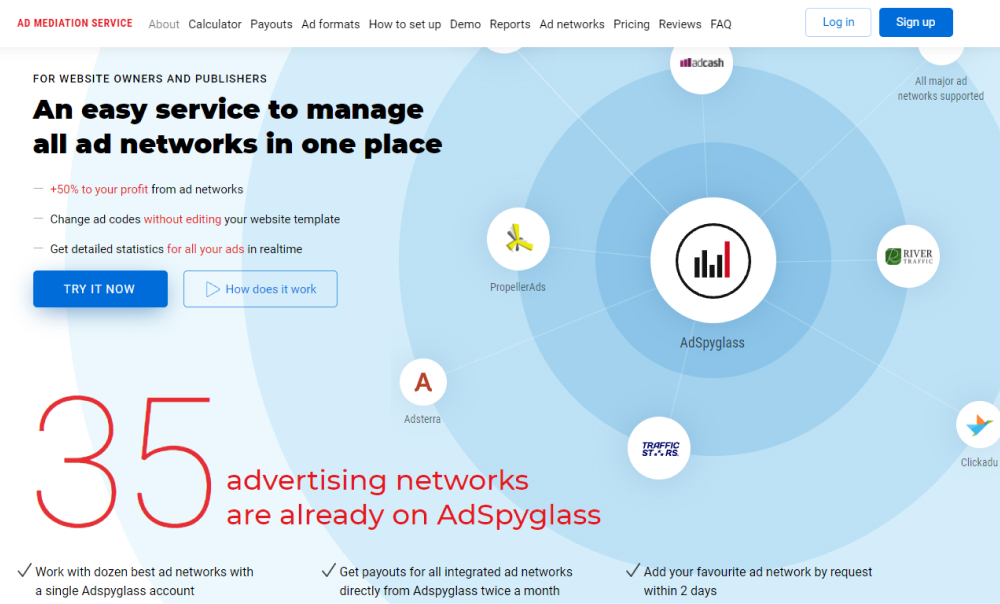Time on page signalizes how long a visitor spends on a particular page. Bounce rate is unlikely to tell you how well the content is performing: it is used to detect false leads who leave the page after they understood that it is not what they were looking for. However, time on the page will tell you whether people found your content valuable.
You can find this metric in Google Analytics. Go to the behavior section, then website content.
There is no “perfect” time on a page. It depends heavily on what the content of the page is. For example, long blog articles will keep people engaged longer while the product description will be viewed in under a minute. So you have to establish a perfect time for different types for your pages.
If a visitor leaves the page after a minute of reading a long guide, for example, it might indicate a problem though. It means that either the content was of poor quality or the website performed poorly. In the first case, you can make the content more relevant or delete the keywords that are inappropriate for this topic. In the second case, you can speed up the website, use less heavy photos or videos, or decrease the number of pop-ups, ads, etc.
URL
URL or Uniform Resource Locator is the unique address given to every page, document, video, or picture on the Internet for better navigation.
URL consists of some standardized parts:
- Scheme is a famous HTTP or HTTPS. The first one indicates that the website is unsecured, users also get a notification that the page is not secure. Therefore, it is better to go for HTTPS, even though it may cost a little bit more.
- Domain is separated from the scheme by :// and indicates the web server. For example, our domain name is www.adspyglass.com. It may end on .com (commercial), .net (network infrastructures), .edu (education), .gov (governmental), .org (everything else).
It may be the end of the URL or it can go further, indicating the path to the file, parameters, and anchors.
Affiliate marketers generate specific URLs – affiliate referral links that are used to promote websites, services, products. With such a link, a marketer can track down which affiliate became the reason for the conversion and pay them respectfully.
In order to create such a URL, you can attach an affiliate ID to the URL or use special platforms that generate affiliate URLs automatically.
